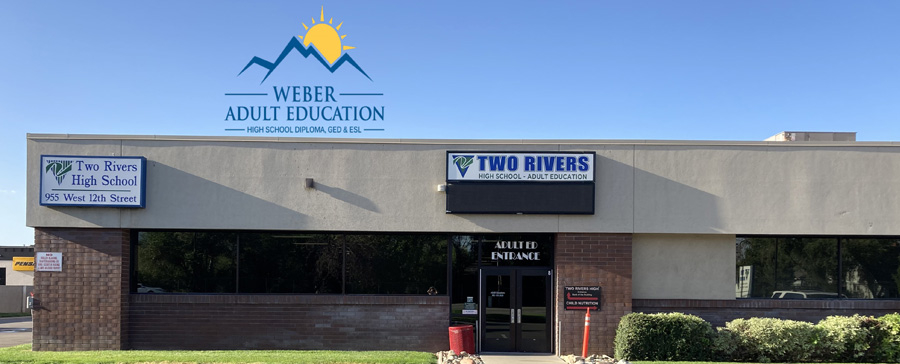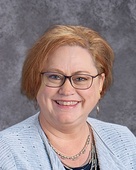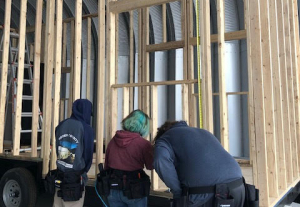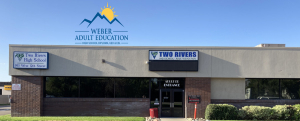Super User
Digital Teaching and Learning
Nick Harris
Online Digital Learning Director
(801) 476-7977
Ryan James
Technology Coordinator
(801) 476-6504
Codilynn Mcpherson
Media Services Administrative Assistant
(801) 476-3910
Weber District Digital Teaching and Learning
The Weber School District Online Digital Learning Director is Nick Harris.If you have questions or comments you can email Nick at .
Services in the Community
Forms & Documents

 Mental Health Services
Mental Health Services
Staff Directory (Mental Health Services)
| Jessica Warren | LCSW | Weber High |
| Amber Hellstrand | LCSW | Bonneville High |
| Andrea Bailey | LCSW | Roy High |
| Dave Visser | CMHC | Fremont High |
| Larissa Adams | LCSW |
*North Ogden Jr, Green Acres, Bates, North Ogden
|
| Angelique Becherini | LCSW |
*Rocky Mtn., Country View, Hooper, Midland
|
| Kenyatta Green | CSW |
*Orion, Farr West, Lomond View, Orchard Springs
|
| Shelly Ledford | CMHC |
*South Ogden, Burch Creek, H. Guy Child,
|
| Dani Mahan | LCSW |
*TH Bell, Riverdale, Roosevelt
|
| Carlie Tesch | LCSW |
*Walquist, Plain City, Silver Ridge, Snowcrest Jr., Valley El.
|
| Ruth Taylor | LCSW |
*West Haven, Pioneer, West Weber
|
| Tamra Rasmussen | CMHC |
*Sand Ridge, Kanesville, Roy, Valley View
|
| Krystal Sorenson | CSW |
*Roy Jr., Freedom, Lakeview, Municipal
|
| Rebecca Roe | LCSW |
*Washington Terrace, Majestic, Canyon View
|
| Jay Eldredge | LCSW |
*Two Rivers, WIC, North Park
|
| Zach Leifson | LCSW/MPA | Uintah El. |
The Construction Magnet class at Weber Innovation High School building "Tiny Homes".
How Do I Reset My Password
To reset your student password follow the steps below.
OPTION 1 - Self Reset
- Visit myweber.wsd.net
- Click "STUDENT Password Reset" (bottom left)
- Enter Student ID
- Enter Student Birthdate and Phone number on file
OPTION 2 - Call the School
The School can reset a student password.
Please also make sure to signed the AUP so that your account is not locked.
Adult Education


Principal
Andrea Woodring
Address
955 W. 12th St.
Ogden, UT 84404
Phone/Fax
P. 8014763930
F. 8014763930
Weber Adult Education is the Adult and Community Education for Weber School District. Currently located on 12th Street just a few blocks east of Interstate 15, our offices are housed in the north end of the Two Rivers High School building. Weber Adult Ed offers various services and classes to help students and community learners further their educational goals and invest in their future. The adult education programs of Utah do not discriminate in its programs based on race, color, national origin, sex or disabilities.
Students 16 years of age and older are eligible to participate in programs offered through Adult and Community Education.
Students who are interested in participating in adult basic education, GED preparation and adult high school completion may contact the registrar at 801-476-3930, 8 a.m. to 5:30 p.m. Monday through Thursday. Registration information is also available at our website: adulteducation.wsd.net.
Classes are offered at various sites throughout the Weber School District.
Available Educational Opportunities Include:
Adult Basic Education
Adult High School Completion
GED Preparation
ESL (English as a Second Language) classes for English Language Learners (ELL).
Elementary Learning Options
For 2021-2022
In-Person Learning offers the richest learning experiences to develop the whole child and is the preferred learning option for most students and families.
- Students attend class each day. In the event of a health concern, short-term flexible learning options are available for students to learn from home.
- Teachers provide learning experiences which ensure students experience the full depth and breadth of the Utah Core State Standards. Essential, important, and supporting skills are taught with a variety of evidence-based practices. Teachers and specialists also provide robust intervention and enrichment supports.
- Parents and/or guardians are responsible to regularly check in on their students’ progress and support as needed.
- Social interactions are structured to enhanced learning experiences while keeping students safe and healthy.
Short-term Flexible Learning is a temporary solution for students who are attending in-person, but, due to health-related concerns, find it necessary to learn remotely for one to fifteen consecutive school days.
- Students work from home on assignments in English language arts, math, and science provided digitally by their assigned classroom teacher(s).
- Teachers provide online learning experiences that are focused on essential skills and include some teacher-student interaction.
- Parents and/or Guardians support students’ learning with the expectation they will return to In-Person Learning as soon as possible
Remote Learning is 100% online learning provided by Weber School District through the Weber Online program.
- Students are Weber School District students, but will not be assigned to a homeroom teacher at the neighborhood school.
- A certified Weber Online teacher will regularly communicate with parents/guardians to support with technical and content questions.
- Parents and/or Guardians will serve as the child’s primary teacher



